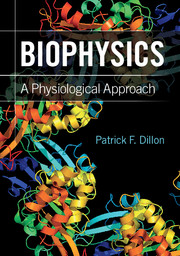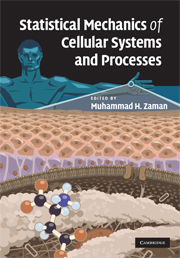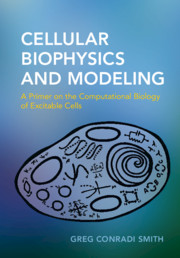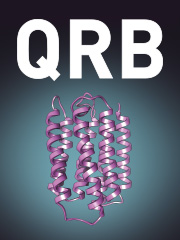Biophysics
Specifically tailored to life science students, this textbook explains quantitative aspects of human biophysics with examples drawn from contemporary physiology, genetics and nanobiology. It outlines important physical ideas, equations and examples at the heart of contemporary physiology, along with the organization necessary to understand that knowledge. The wide range of biophysical topics covered include energetics, bond formation and dissociation, diffusion and directed transport, muscle and connective tissue physics, fluid flow, membrane structure, electrical properties and transport, pharmacokinetics and system dynamics and stability. Enabling students to understand the uses of quantitation in modern biology, equations are presented in the context of their application, rather than derivation. They are each directed toward the understanding of a biological principle, with a particular emphasis on human biology. Supplementary resources, including a range of test questions, are available at www.cambridge.org/9781107001442.
- Equips students with all the necessary skills to understand the quantitative aspects of human biophysics in life science contexts
- Uses examples drawn from contemporary physiology, genetics and nanobiology to outline important physical ideas and examples at the heart of contemporary physiology
- Equations are presented only in the context of their application rather than derivation, enabling students to understand the uses of quantitation in modern biology
Reviews & endorsements
"Students of life science in the broad sense tend to have either a mainly biological or physico-chemical approach to their subject, and it is indeed a large leap to acquire a good grasp of both aspects. This book offers rigorous but accessible explanations of basic mechanisms and also presents biomedical applications in a manner that heightens understanding of the biological context. The book presents the biophysical basis of an impressive number of physiological and biochemical mechanisms in a manner that is not found in traditional textbooks. It should certainly help to broaden the knowledge base of students and researchers in biomedicine and life science and thereby facilitate cross-disciplinary understanding and interaction."
Per Hellstrand, Lund University, Sweden
"This book represents a good discussion of well-known biochemical and biophysical principles, but from a physiological viewpoint that is both interesting and uncommon. Highly recommended."
J.A. Kelly, Choice magazine
"The strength of the book lies in the decades of experience that the author can draw on to illustrate these processes and in knowing his students. Overall, this is a highly readable volume that discusses the physics in physiology in more depth than the typical physiology textbook and will expose concepts from bioengineering to a broader audience."
Markus A. Seeliger, Stony Brook University for the Quarterly Review of Biology
Product details
February 2012Paperback
9780521172165
314 pages
246 × 175 × 15 mm
0.63kg
162 b/w illus. 10 tables
Available
Table of Contents
- Dedication
- Acknowledgements
- Introduction
- 1. The energy around us
- 2. Molecular contacts
- 3. Diffusion and directed transport
- 4. Energy production
- 5. Force and movement
- 6. Load bearing
- 7. Fluid and air flow
- 8. Biophysical interfaces: surface tension and membrane structural properties
- 9. Membrane electrical properties
- 10. Agonist activation and analysis
- 11. Stability, complexity and non-linear systems
- Concluding remarks
- Index.






